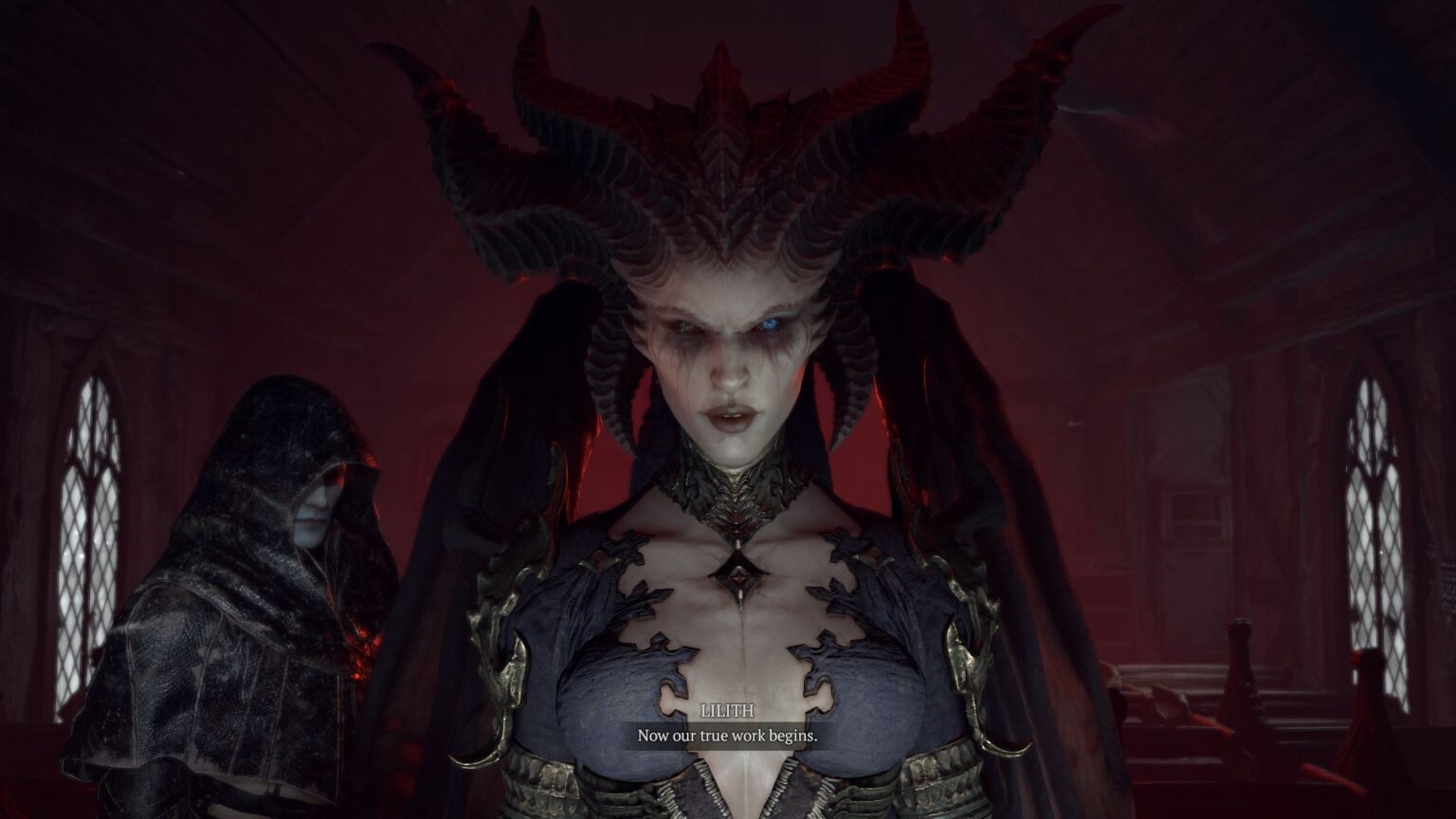Darkness stalks the land of Sanctuary once again as a new evil emerges in the fourth installment of the Diablo franchise, inviting action role-playing gamers to fight the hellish hordes in the world of Sanctuary once again.
Released 11 years after the less-than-stellar Diablo III, and 23 years after the immortally replayable Diablo II, how does Diablo IV fare in the face of high expectations? Let’s dive in.
Set 50 years after the events of Diablo III, Diablo IV features Lilith, the daughter of Mephisto, Lord of Hatred, as the main antagonist. Since Mephisto is Diablo’s brother, that makes Lilith Diablo’s niece – in case you are wondering where Diablo features in this game.
In Diablo IV, Lilith is summoned and returns to Sanctuary, and stakes her claim on it as she wages a war against the angels and the Cathedral of Light as part of her personal agenda. As she gathers her cult, worshippers and demonic servants, she unleashes unbridled evil in Sanctuary that you have to help cleanse.
Diablo IV’s story features themes of motherhood, familial relationships, malice, death and despair, which make the story of Diablo IV the darkest in the franchise, as revealed by the developers in Blizzard.
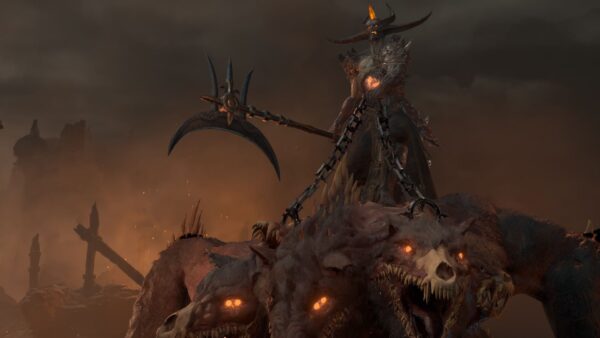
Embrace your dark side
In Diablo IV, you get to choose one of five classes to play, each with a distinct play style, skill tree and gear. These are the Barbarian, Druid, Necromancer, Rogue and Sorcerer classes.
You can customise the look of your character in detail and also pick either gender which will determine their voice and cosmetic presets.
Some classes are easier to play in earlier levels – as a Necromancer, I had five skeletons fighting for me while I was at a lowly Level 6 and could go around looting leisurely while the skeletons did the work for me.
However, things were not so easy as a Rogue. I had to focus on actively aiming at enemies and dodging attacks.
In Diablo IV, skill points towards Strength, Intelligence, Willpower and Dexterity are allocated automatically to suit your class as you level up, which reduces the manual work required for character customisation.
Diablo IV has new elements for customising your play style that keeps things interesting for veterans. Diablo IV features a much flatter skill tree with shorter branches so there is less fear of commitment to being too specialised.
On the flip side, it also means that there is limited advancement of a particular skillset. Diablo IV lets you have only one Ultimate skill, which you can improve for two more levels and no further.
The rest of the skill points have to be invested in passive skills that can somehow complement the skill branches that you have invested in.
For instance, if you chose a Shadow damage Ultimate skill and have already maxed it out, you need to find more passive skills that enhance Shadow attacks or other attributes that indirectly aids your special attacks, such as shorter cooldowns or energy gains on kills.
Thankfully, skills can be refunded for a price so commitment phobes can still change their minds if things don’t work out.
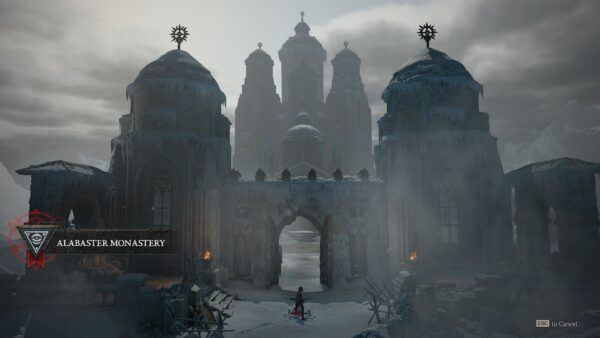
This is where gear plays an important role, as some gear can help boost the damage of Ultimate skills as well as other attributes.
Diablo IV offers some amazingly powerful weapons that can be enhanced further by upgrading at a Blacksmith’s, by adding gems and by imprinting with Aspects.
Aspects are rewards for clearing dungeons and killing the dungeon boss, but since Aspects are class specific, not all are useful to your character. Imprinting Aspects on gear requires the skills of an Occultist, who is usually available in larger towns.
You can also customise your play style with Specialisations, which grants you additional perks for the types of skills you prefer to use.
For instance, as a Rogue, I can choose to be rewarded with more energy for kills, or reduce cooldown timings when using the Ultimate skill, or add enhancements to core skills.
These help to boost your character outside of the skill tree since it is much flatter but also makes it more complex in customising your build.
Diablo IV’s inventory system is also more streamlined. There is only one type of health potions, and you start by being able to carry only four at any one time.
More slots will be unlocked as rewards for advancing in the game, and the strength of potions can also be improved at the Alchemist’s as you level up. The downside is when you are facing a hard-hitting boss and chugging a measly six potions will not prevent your character from dying.
The price to pay for death for non-Hardcore mode is 10 per cent durability of your gear, which can be easily remedied by paying Blacksmiths in town to repair. In Hardcore mode, the price is permanent death of the character and loss of all progress and gear.
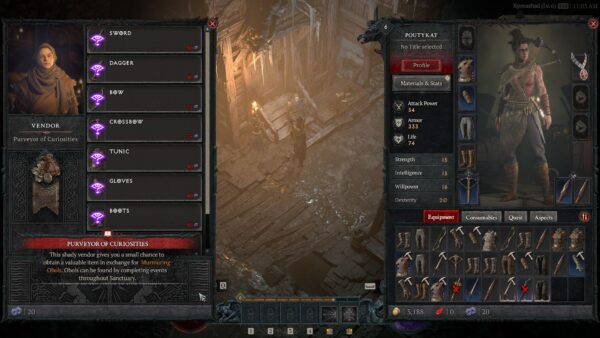
Another improvement to the inventory system is that crafting resources, elixirs and potions do not occupy space in your main inventory, which helps to streamline the clutter for pack rats like myself.
Instead of the much derided Auction House of Diablo III to get rare gear, Diablo IV offers a game of chance using Murmuring Obols, a new in-game currency that comes as a reward for completing certain quests.
You can wager Obols with Purveyors of Curiosities for random gear that might turn out to be crappy or legendary.
The road to hell
Diablo IV’s campaign is spread over six Acts, and even has a prologue and epilogue to play through, so be prepared for a huge time investment.
As evil spreads across Sanctuary, there are plenty of Non-playable characters (NPCs) in need of aid, making you feel compelled to help.
There are over a hundred side quests, which range from trivial ones like fetching items and gathering resources, to escorting and protecting NPCs, to helping in exorcisms and defeating mini-bosses, and even those that try to save the lives of NPCs’ family members.
Some side quests make you feel sad and anguished for the characters, while others get you to travel to new places to advance the side quests even further.
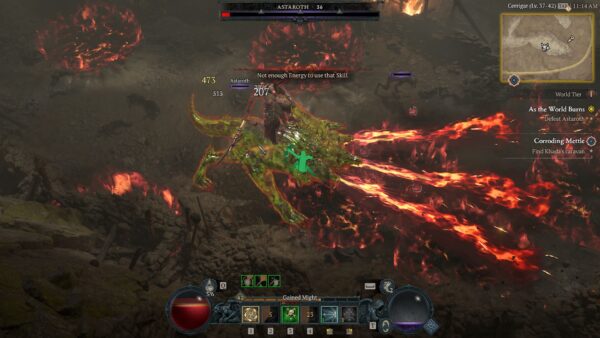
Apart from the main and side quests, there are also plenty of cellars and dungeons to explore. In line with the franchise’s tradition, the layout of these dungeons are randomly generated, with random objectives to be completed in order to clear them.
Some dungeons need to be unlocked first by clearing Strongholds, which are areas heavily defended by scores of enemies.
There are also timed events that show up on the map which makes it difficult for the FOMO (fear of missing out) gamer to ignore, which makes stopping a gaming session in Diablo IV very challenging.
In terms of combat, Diablo IV has no shortage of enemies to kill, from evil humans in the form of bandits, cultists and cannibals, to a wide variety of twisted wildlife like spiders, snakes and wargs, to a huge assortment of demonic creatures complete with hoofs, horns and vile belches.
There are also plenty of bosses to fight, from minor ones in dungeons to high level ones in the finale of each Act. As a hark back to traditions, Diablo IV also features random encounters in the dungeons with The Butcher, a super-fast and powerful boss who appeared in all the previous Diablo games.
Diablo IV’s map is vast, featuring five distinct regions to explore, with varying biomes like arid deserts, icy tundras and wet swamps. The landscape is interesting and varied, with wide open lands, steep mountains, claustrophobic dungeons and awe-inspiring cathedrals.
There is even a Look option at certain key viewpoints where you can break away from the isometric view and appreciate the grandeur of the view. The multi-level maps also offer interesting ways to explore the map, such as using ropes to traverse across rifts, climbing up and down cliffs and jumping across platforms.
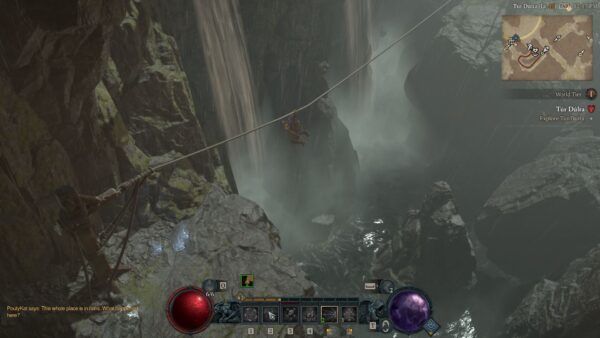
There are lots to discover in the out-of-the-way areas of the map, including NPCs with side quests, cellars and dungeons to clear, as well as Lilith’s altars that grant boosts in stats.
Sadly, horses are only available after a quest in Act IV, which I wished was available much earlier since maps are so vast that it takes a while to traverse.
Thankfully, there are numerous Waypoints that can be activated for towns and the town portal spell to help cut down on travelling time and the hazards on the road.
Hello darkness, my old friend
If you have lost faith in the franchise because of Diablo III, you might find your faith renewed with Diablo IV. I felt Diablo III did not match the high standards set by Diablo II despite prettier graphics, larger maps and more action.
In terms of visual design, Diablo IV goes back to its darker roots with a grim and gothic aesthetic reminiscent of Diablo II, in contrast to the rather bland level designs and overly dazzling effects in Diablo III. To me, it’s a huge improvement which should win back the hearts and minds of Diablo II fans.
Diablo IV also pays fan service to Diablo II and even offers a short jaunt into Tristram complete with the iconic soundtrack, which will bring tears of joy to the eyes of Diablo II fans.
Despite its isometric perspective, which is a trademark of the Diablo series, Diablo IV’s graphics are stunning and amazingly detailed.
The lighting engine steals the scene, with realism in light bouncing off surfaces, the delicate treatment of shadows and the subtle differences of the light source, whether it’s from sunlight, torchlight or spells.
You can see details like glistening blood, reflections on metal and even dampness of some dungeons, with dynamic details like little frogs jumping around and rats scuttling underfoot.
These beautiful details are easily lost in the frenetic action and fast-paced gameplay, so it is worth slowing down and smelling the brimstone sometimes.
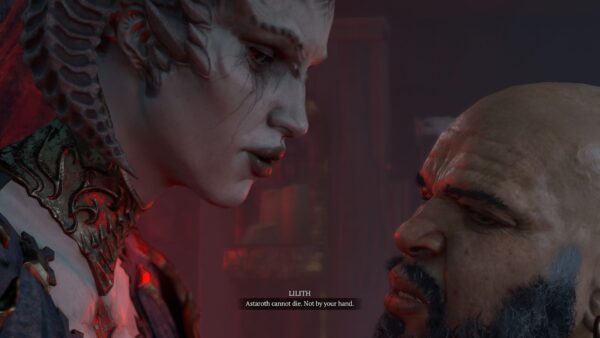
Diablo IV’s cutscenes are top-notch, as is the standard of the franchise. Details like spots on the skin, tears in the eyes and blood spilt on the ground are rendered beautifully.
Lilith herself looks amazing, dreadful yet beautiful up close, showing off her heterochromia with one blue and one grey eye.
Music is also more reminiscent of Diablo II, with a creepy and atmospheric feel and featuring different themes in the different regions of Sanctuary. Voiceovers are also spectacularly well done, both for the main actors, player characters and even the NPCs.
Lilith sounds suitably menacing and yet delicate and tender at the right times, while different accents of the NPCs vary according to the region where they belong.
The NPCs sound more Eastern European in Fractured Peaks, and more British further west. Even the different character classes sound distinct, with the female Rogue sounding British while her Druid counterpart sounding more American.
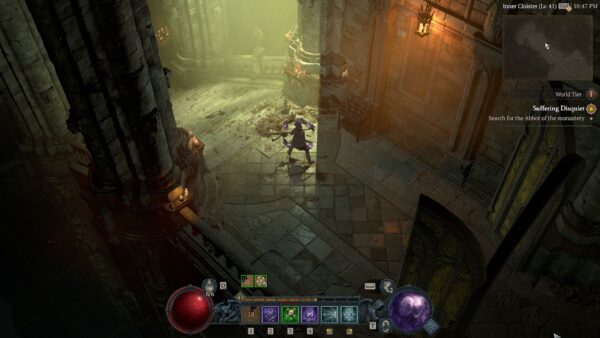
I played Diablo IV on the PC with an Nvidia GeForce RTX 3070 graphics card — not a top-of-the-line system but the game still looks stunning in Full HD and performs relatively well.
I did witness occasional tearing of graphics that looked like lines being blown by strong winds across the screen, as well as some drops in frame rates during huge battles, but the game managed to hold up without crashing.
Since Diablo IV is an always online game, a stable internet connection is required. Even so, I experienced slowdowns and my character running in the spot when moving to a new area on the map, and also occasional long waits to login to Battle.net, where the game is hosted.
Another great feature is that Diablo IV is a cross-platform game. which means you can play together with friends who are playing on the PC, Xbox Series X|S or PlayStation 4 or 5.
Apart from playing multiplayer co-op PvE (Player vs Environment), there are also two PvP (Player vs Player) locations known as Fields of Hatred. They marked red on the map of Sanctuary and you can duke it out with other players online.
TL;DR
Harking back to its gothic roots, Diablo IV brings gamers back to the creepy and atmospheric feel of Diablo II.
With a huge map to explore, an epic tale of the battle of angels and demons, loads of NPCs to help out, cool loot to acquire and stunning graphics to boot, Diablo IV is an unforgettable action RPG experience for new fans and old.
Diablo IV’s five different character classes offer endless permutations of play styles, and being always online offers opportunity for co-op play as well as online timed events, which makes it hard to stop playing.
Unfortunately, the Battle.net server can be slow and congested at times, which can cause the game to freeze up at crucial moments. There are also some graphical issues and framerate drops but I have not experienced any game-stopping crashes so far on my PC.
Diablo IV (Standard Edition) is available on PC via Battle.net at US$69.99 (around S$93.40), Xbox Series X|S at S$98.90 and PlayStation 4 and 5 at S$99.80.
Yaay
- Stunning gothic aesthetics with amazing graphical detail
- High replayability with five distinct classes and play style
- Addictive and rewarding gameplay
Naay
- Slowdowns and freezing on Battle.net server
- Occasional long wait times to login to the game
- Flatter skill trees make characters feel less powerful
